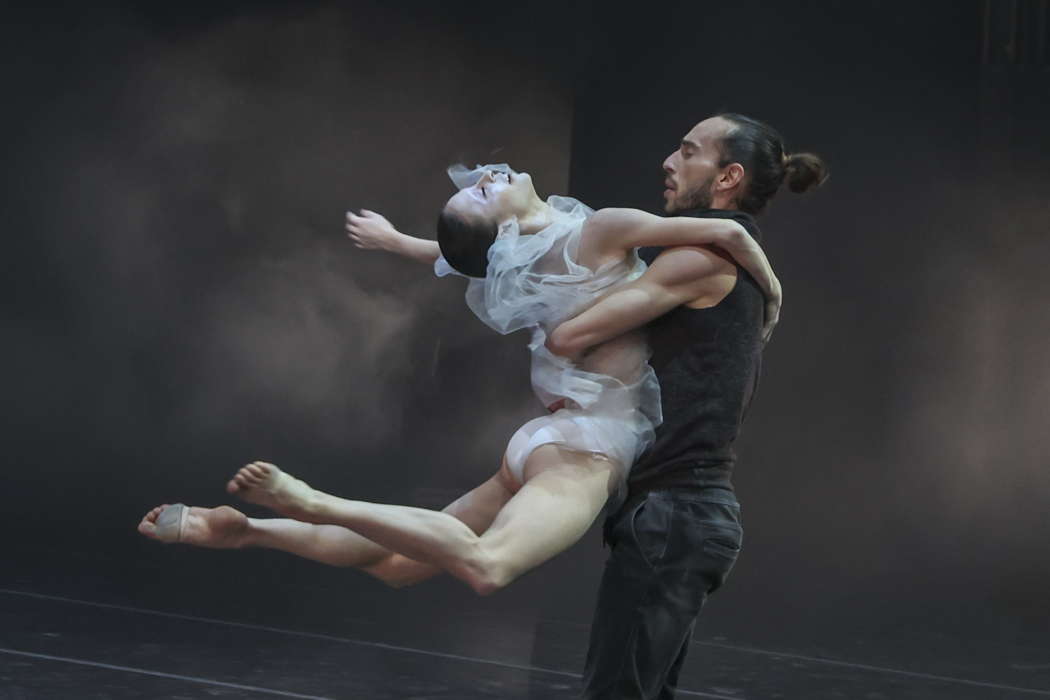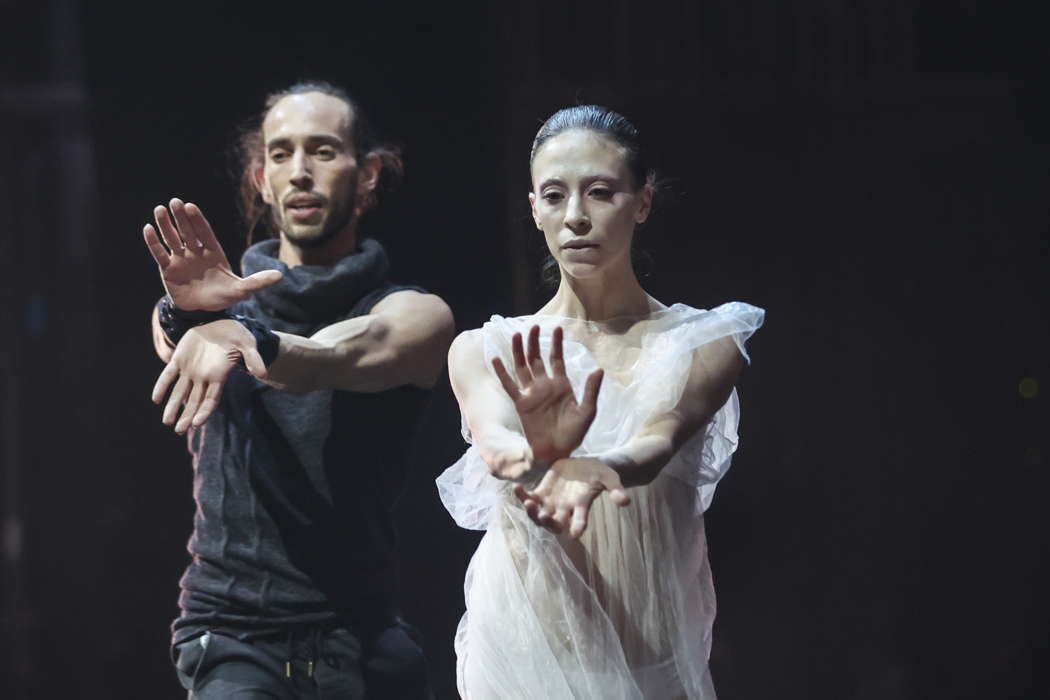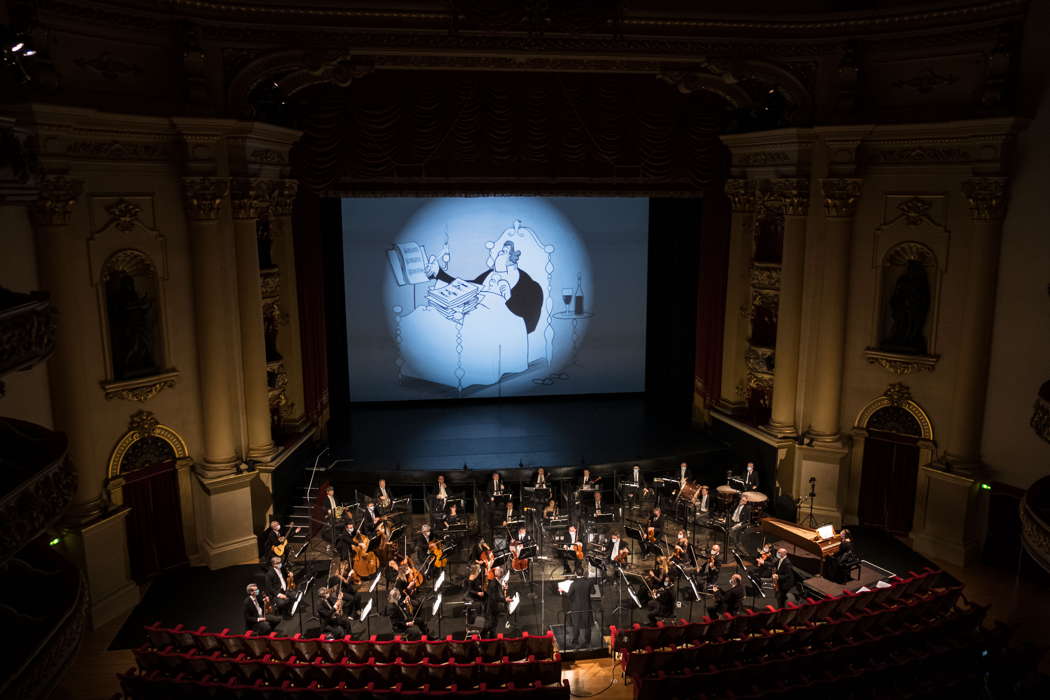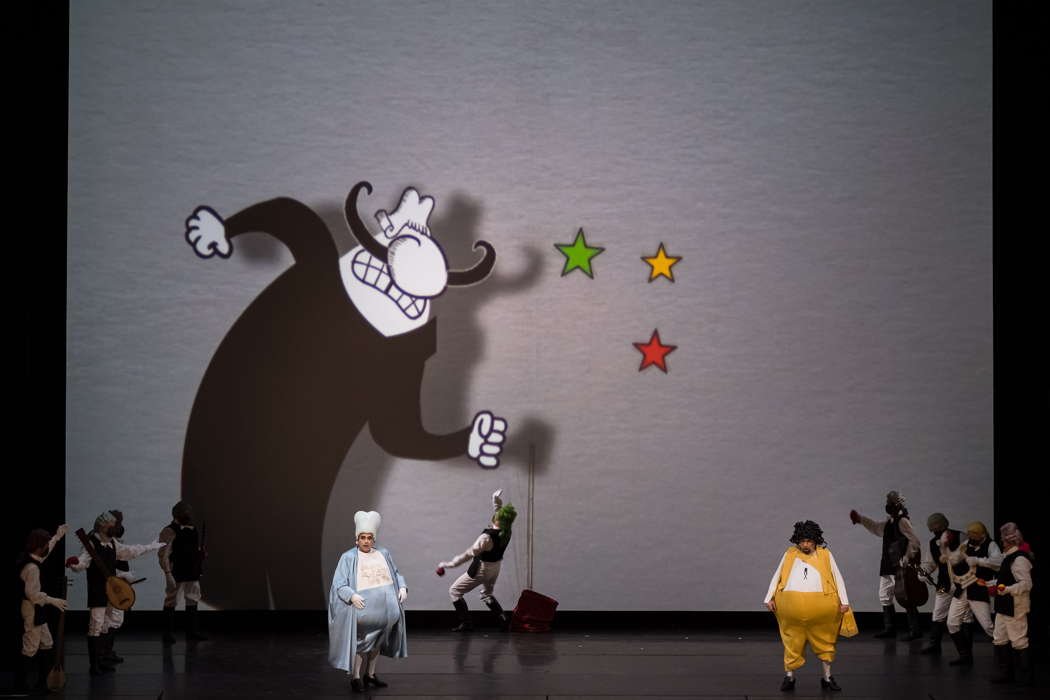 WORD SEARCH: Can you solve Allan Rae's classical music word search puzzles? We're currently publishing one per month.
WORD SEARCH: Can you solve Allan Rae's classical music word search puzzles? We're currently publishing one per month.
 DISCUSSION: John Dante Prevedini leads a discussion about Composers, individuals or collective?, including contributions from David Arditti, Halida Dinova, Robert McCarney and Jane Stanley.
DISCUSSION: John Dante Prevedini leads a discussion about Composers, individuals or collective?, including contributions from David Arditti, Halida Dinova, Robert McCarney and Jane Stanley.
Fit for Streaming?
GIUSEPPE PENNISI investigates various current and recent opera productions
In the Classical Music Daily monthly staff meetings – the podcast is posted in the magazine - we have often discussed which music will matter to the next generations. The pandemic and the closure of theatres and concert halls is a good trial because now live music is to be provided through other means and technology. For example, Boston composer John Dante Prevedini experiments with music via social media, including a seventy minute two act chamber opera Grayblue: A Social Media Opera. Another example: New York's Lighthouse Opera Company stages Mozart's Die Zauberflöte with ten professional singers (all professional) – each sings at home while the piano accompanies them from a studio; the ticket for access is US$ 25.
The world of live music entertainment will no longer be the same when – let us hope in early 2022 – we return to performing music in theatres and concert halls. Not only will the public (or part of it) have become accustomed to streaming and high-definition television (even for a fee), but theatres and concert halls, large and small, will have taken the path of new technologies and new ways of performing.
Streaming has become the most used means. It also attracts new audiences such as youth that cannot pay for highly priced tickets. However, not everything is fit for streaming. In Italy, I can compare the innovative strength of the Teatro Massimo in Palermo and the Teatro dell'Opera in Rome with the relative stagnation of Teatro alla Scala. Palermo Massimo has staged an original work, although based on pieces of known works, conceived especially for television - read Twilight of Dreams, 28 January 2021. The Roman Teatro dell'Opera did the same for Il Barbiere di Siviglia proposed on 5 December 2020 - read Hundreds of Thousand in Line for a Barber, 7 December 2020.
On the other hand, after an inauguration that resembled a show at Radio City Music Hall in New York - read The Greatest La Scala Extravaganza, 8 December 2020, La Scala re-proposed a historic staging of Così fan tutte, entrusted to the direction by Michael Hampe and the sets by Mauro Pagano. Although elegant, it was already a little old and stale when I saw it in 2008. However, its marked three-dimensionality did not lend itself to the television and PC medium. Streaming requires a two-dimensional staging because the TV and the PC have only two dimensions, as well as a cinematic approach. No doubt, I would have enjoyed La bohème more, reviewed here on 2 February 2021, had I been in row 9 seat 29 of Turin's Teatro Regio, rather than in my apartment's den where I have the TV set.
Very recently, Rome's Teatro dell'Opera and Verona's Teatro Filarmonico – the winter house of the Arena - presented two different but very good ways of making use of streaming.
In Rome the Grand Pianola Music by American minimalist composer John Adams was used for a forty minute ballet broadly based on the Greek myth of Pandora – this is the ballet's title. It is a very sensual show with Rebecca Bianchi and Claudio Cocino as protagonists and étoiles, principals and corps de ballet in the other roles.

Rebecca Bianchi as Pandora and Claudio Cocino as Epimeteo in Opera Roma's Pandora. Photo © 2021 Yasuko Kageyama
The choreography was by Simone Valastro. Carlo Donadio conducted the orchestra. The opening night was on 29 December. Ballet is inherently three-dimensional. Consequently, I thought it would not be fit for streaming, yet the black and white colours of the set, the costumes and the lighting made it perfect and very enjoyable.

Rebecca Bianchi as Pandora and Claudio Cocino as Epimeteo in Opera Roma's Pandora. Photo © 2021 Yasuko Kageyama
Quite a successful operation is Rossini's Il barbiere di Siviglia which Pier Francesco Maestrini conceived in collaboration with the designer Joshua Held for Verona's Teatro Filarmonico. It is a revival and adaptation of a 2015 production, now filmed and streamed for the opening of the 2021 opera season. The basic concept is the use of animated drawings and the interaction with the protagonists - real singers. To my memory, it is much more stringent and engaging than any other contamination between cartoon and opera made so far. The premiere was on 31 December 2020 at 3pm: even my not-yet-five-year-old grandson was enthralled to follow part of it.
On the backdrop of the stage, a cartoon is projected; it accompanies the opera for its entire duration. The absolute protagonist is Rossini who, before the start of the show, is in bed, intent on eating and drinking.

A scene from Rossini's 'Il barbiere di Siviglia' in Verona. Photo © 2021 FotoEnnevi
He is dazzled, looking for inspiration. Then, he finds the flair. After hastily composing the opera, the composer's burly silhouette immediately interacts with the stage, handing the score over to conductor Francesco Ivan Ciampa. This is the first in a series of gags that run through the performance at a fast pace. In the cartoon, Rossini plays all the characters: Figaro, Almaviva, Rosina, Don Bartolo and Don Basilio are his projections, all corpulent like him. The moon, the sun and the clouds also look like him. The singers are nothing more than extensions of the animated figures.

A scene from Rossini's 'Il barbiere di Siviglia' in Verona. Photo © 2021 FotoEnnevi
Mario Cassi's Figaro is full of verve from the entry aria 'Largo al factotum'. The voice is generous, well-stamped and well emitted, removed some occasional inhomogeneity; with sharp diction, the singing line managed with musicality. Chiara Tirotta was excellent as Rosina; she is precise in the colours and flowering. Carlo Lepore is a very experienced Bartolo, a real veteran in the role. Young Riccardo Fassi is an excellent Don Basilio. Francesco Brio is Almaviva: he grows into the role during the performance, but needs further study and experience. Altogether, a production well fit for streaming.
Copyright © 6 February 2021
Giuseppe Pennisi,
Rome, Italy

FURTHER ARTICLES ABOUT JOHN ADAMS
FURTHER LIVE CONCERT AND OPERA REVIEWS


